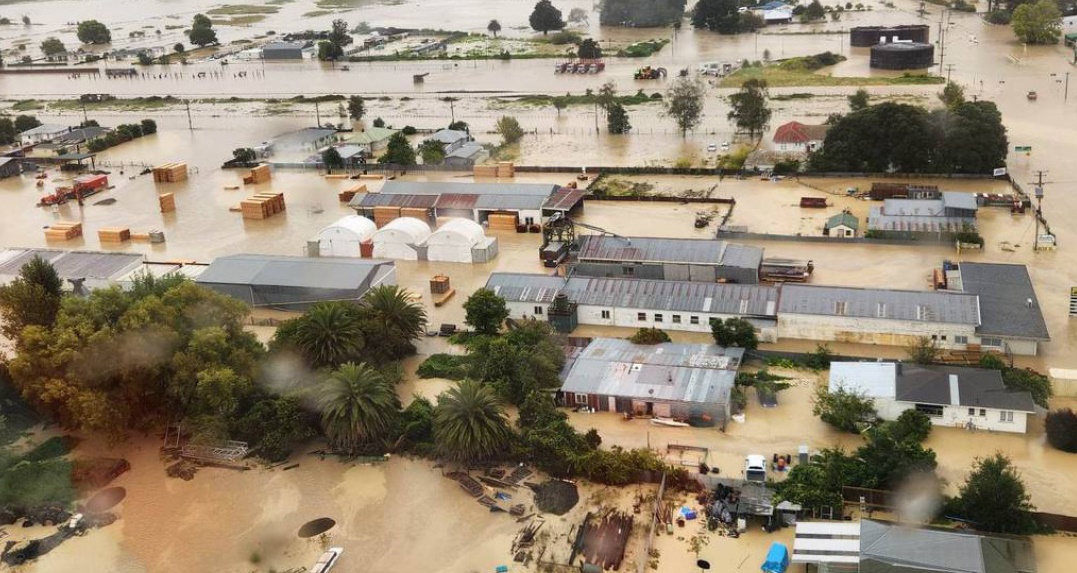Today marks one month to the day since Cyclone Gabrielle tore shreds through our region and brought entire communities to their knees.
Hawke’s Bay Foundation put the call out for donations to its Cyclone Relief Fund and the people of New Zealand responded. As a result, we’ve been able to actively support the many frontline charitable organisations assisting those worst affected.
In Wairoa, conservative estimates put the number of whānau displaced by Gabrielle at well over 400. Tātau Tātau o Te Wairoa is coordinating the response there, linking with the isolated communities and operating from a centre in the township.
Hawke’s Bay Foundation’s Marketing and Communications Officer Alisha Neilson caught up with Tātau Tātau o Te Wairoa General Manager Lewis Ratapu to find out what the biggest challenges for Wairoa are, one month on.
(Lewis) “The biggest challenges for us now is getting support to resupply food to our marae and providing laundry facilities at marae that are housing displaced whanau. The availability of volunteers to help clean-up and dry homes is an ongoing challenge, as well as paying contractors to assist/direct. Despite all this, the $20,000 funding from Hawke’s Bay Foundation has been a huge morale boost.”
(Alisha) The most vulnerable, rural Māori communities in Wairoa are compromised by transport, infrastructure, flood damage as well as poverty. How will this funding from Hawke’s Bay Foundation help you to assist them?
(Lewis) “We’re now able to buy food (and furniture) not being covered by Civil Defence Emergency Management and help our whānau clean-up and dry their homes. Emergency housing and repairs will be an long-term issue. Thank you Hawke’s Bay Foundation for the tautoko, we appreciate the support.”
(Alisha) I understand part of your focus is emergency housing and repairs and a focus on lifting houses for long-term flood damage prevention? Can you please explain more/how many families remain homeless?
(Lewis) Estimates are that over 380 whanau were displaced. Individual numbers are yet to be confirmed. We know that many moved in with others but we don’t have accurate data on their living situation. Many have moved back into white stickered homes and some into yellow. Currently we have 36 people staying at three marae. These are our focus to get them rehoused somewhere as their homes were severely impacted and our marae are not equipped for long-term accommodation.
